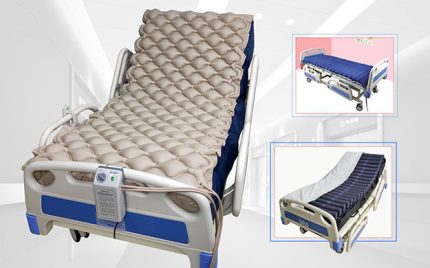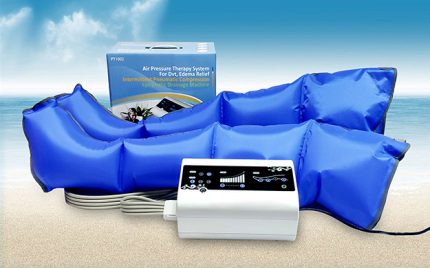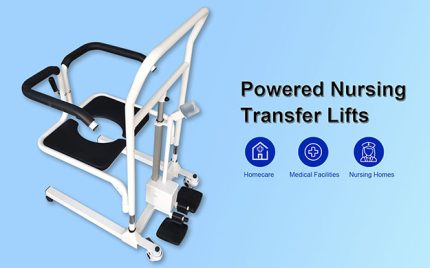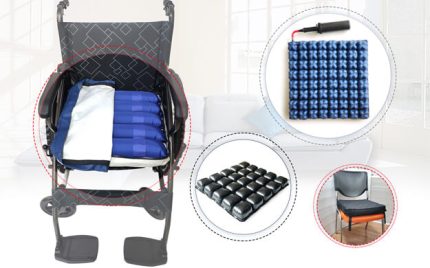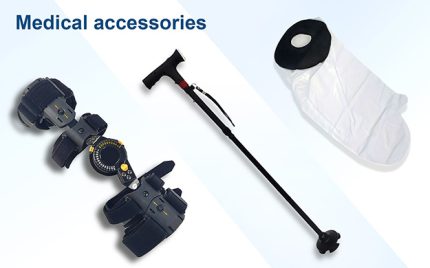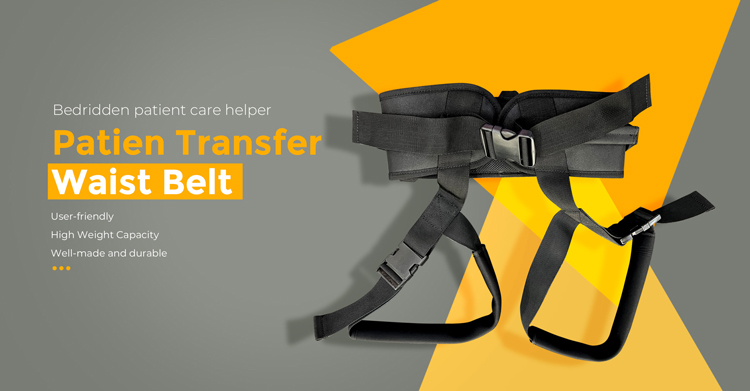How to Use a Gait Belt – Step-By-Step Instructions
Introduction to Gait Belts: Gait belts are invaluable tools in patient care, specifically created to facilitate safe and efficient transfer of individuals with limited mobility. Serving as supportive aids during various activities like standing, walking or transitioning between surfaces.
Selecting an Appropriate Gait Belt:
Finding the ideal gait belt should be your top priority, taking into account factors like size, material and any specialized features needed.
- Size Considerations: Choose an appropriately sized gait belt so it fits securely yet comfortably around the patient’s waist.
- Material Evaluation: Take into account material properties to select one that will provide durability while simultaneously improving skin comfort for maximum patient benefit and longevivity.
- Special Features: When designing the appropriate device for a patient’s specific needs, take into account any additional handles or padding that might be necessary, such as extra handles.
Before Beginning:
Prior to using your gait belt, perform a comprehensive inspection to confirm its overall condition.
- Before using, carefully examine your gait belt for any signs of wear, tears or damage and discard or replace any that compromise the structural integrity.
- Securing the Belt: Make sure that the buckle of the gait belt is securely fastened around the patient’s waist for maximum support and to provide optimal wearer posture.
- Patient Evaluation: Assess whether or not a patient is prepared for gait belt use and obtain informed consent prior to transfer.
Safety Precautions:
Emphasize the critical importance of safety throughout this entire process. Proper Body Mechanics:
- Stress the significance of maintaining proper body mechanics during transfer; Caregivers should ensure their back remains straight while their knees bend to decrease risk of strain or injury during transport.
- Communicate Clearly: Emphasize the importance of clear and constant dialogue between caregivers and patients during this process to ensure a mutual understanding that improves safety of transfer.
- Caution against Sudden Movements: Warn against abrupt or jerky movements during transfers to ensure smooth, steady motion to reduce risk and discomfort to patients. Encourage caregivers to move smoothly and steadily for maximum patient safety and comfort.
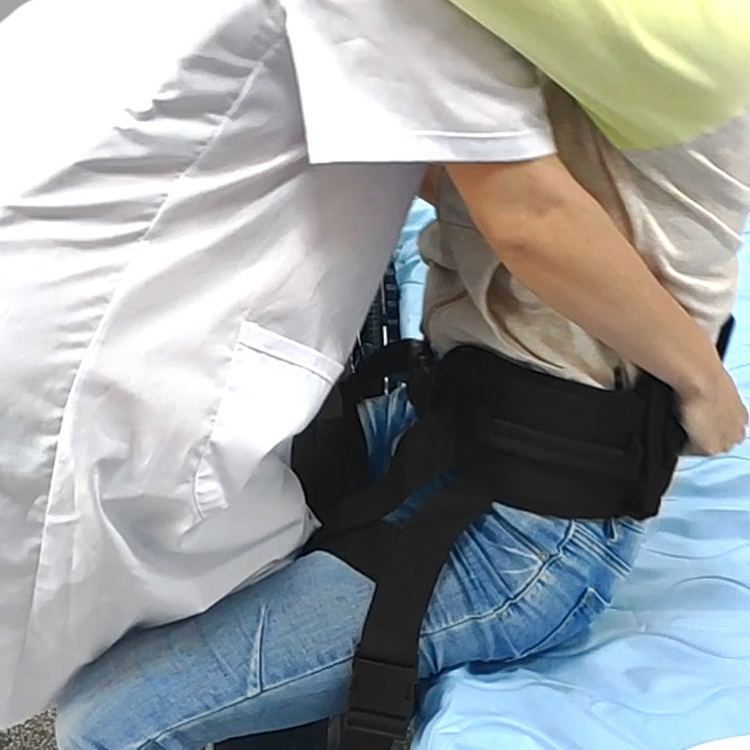
Step-by-Step Usage:
- Use U-turn pad and gait belt to help patient sit on side of bed
- Put the gait belt on patient
- Hold the handles on the belt and pull slowly, till patient’s feet touch the ground
- Let the patient lean against caregiver, face to face, make sure patient’s upper arms are on caregiver’s shoulder
- Hold the handles and lift patient slowly
Avoiding Common Gait Belt Mistakes and Errors:
Recognizing and correcting errors in gait belt usage are of vital importance, such as improper belt placement or using an obsolete, damaged strap. Regular checks for wear-and-tear should also be conducted and caregiver training must take place to reduce errors.
Implementing gait belts into patient care requires meticulous consideration, ensuring both caregivers and patients’ wellbeing. By following the step-by-step guidelines provided here and taking precautionary measures, caregivers can significantly increase the mobility and comfort of individuals under their care. As always, seek guidance and advice from healthcare providers based on individual patient requirements.

